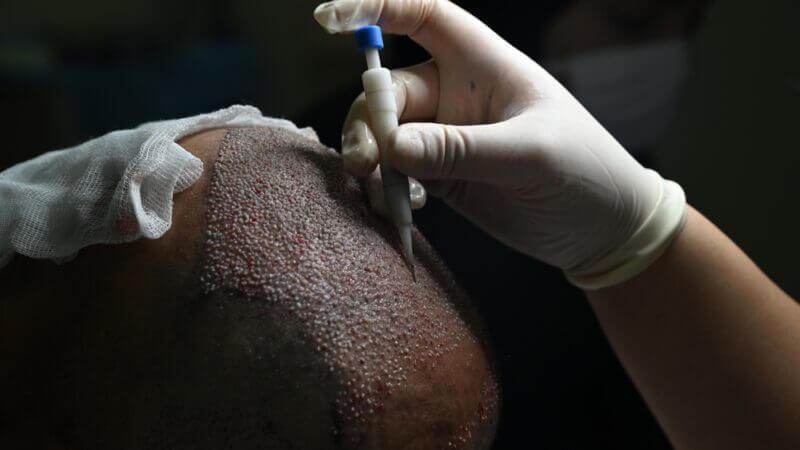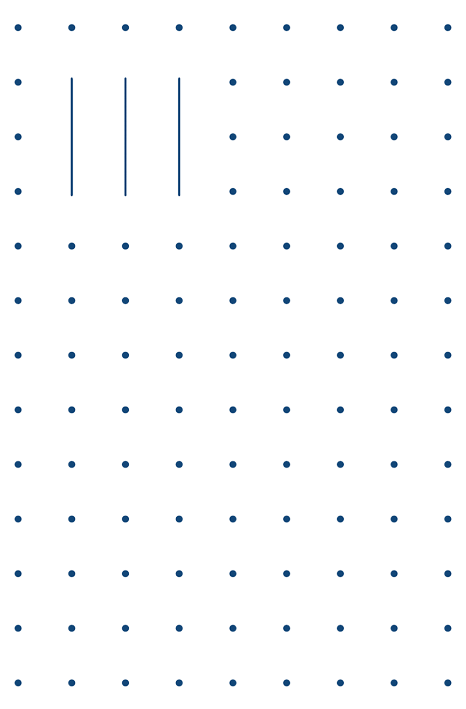
Clear Comparison: DHI Vs. FUE Hair Transplants


As we age, combined with genetic factors, many individuals face challenges like thinning hair, weak hair strands, hair loss, and baldness—issues that can significantly impact morale. Let’s explore hair transplant procedures, particularly the FUE and DHI techniques, which effectively address hair loss, help enhance appearance, and restore confidence. What is the difference between FUE and DHI? How long does the process take? What’s the recovery period? The specialists at Bangkok Hair Clinic in Thailand have the answers to the questions about DHI vs FUE.To understand the differences between FUE and DHI, we first need to comprehend each method’s characteristics, advantages, and considerations.
To understand the differences between FUE and DHI and to verify claims about DHI’s superiority, we first need to comprehend each method’s characteristics, advantages, and considerations.
Follicular Unit Extraction (FUE) is performed by collecting groups of healthy hair follicles from a donor area, usually at the back of the head. These newly harvested follicles are then implanted into bald areas or have thinning hair. An experienced surgeon carefully extracts the hair follicles by using a special tool that makes small holes in the skin with three or four hair follicles in each tiny patch of skin. The end result can look completely natural, with little trauma to the scalp in the donor and implanted areas. The minimum amount of scarring also aids in a quicker recovery time.
FUE offers impressive results with growth success rates exceeding 90%. The procedure creates minimal scarring (0.7-1 millimeter), allowing immediate hair washing post-procedure without the 7-day waiting period required by older methods like FUT. FUE’s versatility extends beyond scalp applications and is particularly effective for patients with significant baldness. It’s suitable for eyebrows, beard, mustache, and sideburn restoration.
However, despite its high success rate, the outcome heavily depends on the surgeon’s expertise. Less experienced physicians might achieve growth rates below 60%. Since FUE relies primarily on forceps, improper handling can damage follicles and cells, potentially reducing survival rates and transplant success.
Direct Hair Implantation (DHI) is a permanent hair transplantation technique where specialized hair and scalp physicians extract grafts containing 1-4 hair follicles from the donor area, typically the back of the head, and implant them directly into desired areas using a DHI Implanter tool. This method combines extraction and implantation into a single step, reducing handling time and minimizing damage to hair roots and follicles.
FUE offers impressive results with growth success rates exceeding 90%. The procedure creates minimal scarring (0.7-1 millimeter), allowing hair washing immediately post-procedure without the 7-day waiting period required by older methods like FUT. FUE’s is particularly effective for patients with significant baldness and is suitable for eyebrows, beard, mustache, and sideburn restoration.
Despite its high success rate, however, the outcome heavily depends on the surgeon’s expertise. Less experienced physicians might achieve growth rates below 60%. Since FUE relies primarily on forceps, improper handling can damage follicles and cells and potentially reduce survival rates and transplant success.
Direct Hair Implantation (DHI) is a permanent hair transplantation technique where specialized hair and scalp physicians extract grafts containing 1 to 4 hair follicles from the donor area, typically the back of the head, and implant them directly into desired areas using a DHI implanter tool. This method combines extraction and implantation into a single step, reducing handling time and minimizing damage to hair roots and follicles.
DHI has gained significant popularity due to its efficiency and quick recovery time. Unlike common misconceptions about 7-day recovery periods, some patients can wash their hair immediately after the procedure. This non-surgical method creates minimal scarring (only 0.5-0.9 millimeters) and requires minimal downtime. Notably, the results appear natural and blend seamlessly with existing hair because surgeons can precisely control each implanted follicle’s direction, angle, and depth.
However, DHI is most suitable for patients with mild to moderate baldness or severe hair thinning. For cases of complete baldness, physicians typically recommend alternative treatments or combined approaches, such as medication therapy or hybrid transplantation methods.
When comparing DHI vs FUE results, both have minimal scarring and allow quick recovery, with many patients returning to daily activities shortly after the procedure.
Both methods show similar progression—transplanted hair typically sheds within 1-2 months, with new growth beginning in months 3 and 4. Patients can expect 100% continuous growth of transplanted hair by the one-year mark.
A crucial consideration in decision-making is the cost comparison of DHI vs FUE. Generally, DHI commands higher prices due to specialized equipment like the DHI implanter and physician expertise. However, in cases of extensive baldness requiring more extensive FUE treatment, FUE costs might exceed DHI prices.
| Differences | DHI | FUE |
|---|---|---|
| Ideal candidate | Patients with light to medium hair loss. | Patients with large areas of hair loss or baldness. |
| Length of time required for new hair growth | 100% new hair growth in 1-2 years. | |
| Surgical tools used | DHI Implanter | Needle-nose pliers or forceps |
| Advantages |
|
|
| Disadvantages |
|
|
Proper post-transplant care is crucial for achieving optimal results and minimizing complications. Here are essential guidelines:
Bangkok Hair Clinic hopes this comprehensive comparison helps clarify the differences between DHI and FUE transplant procedures in Thailand so you can make an informed decision. We offer free physician consultations for personalized advice based on your specific hair concerns.
For more information or to schedule a consultation, contact us through:
Line: @bangkokhairclinic (include @)
Phone: 02 118 7386, 064 196 3539
Email: bangkokhairclinic@gmail.com
A: For general thinning with existing follicles, DHI (Direct Hair Implantation) might be ideal due to its precision and natural-looking results. For severe thinning or partial baldness, FUE (Follicular Unit Excision) could be more appropriate as it’s effective for larger areas. Consult with Bangkok Hair Clinic’s specialists for personalized assessment and recommendations.
A: FUE typically costs less due to simpler instrumentation like forceps. While DHI costs more due to specialized DHI Implanter tools, its precision in smaller areas and reduced follicular trauma might prove more cost-effective in the long term. Actual costs vary by individual case and should be discussed with your physician.
A: Both FUE and DHI provide permanent results since they use follicles from dihydrotestosterone (DHT)-resistant donor areas. However, long-term success depends on proper aftercare, including prescribed medications, avoiding harmful hair practices, and following physician guidelines strictly.
Bangkok Hair Clinic is one of the best hair loss clinics in Thailand with a team of highly skilled medical professionals to help you with hair restoration. If you’re still unsure of the differences between DHI and FUE, our health professionals will be happy to answer your questions. Contact us today for a consultation.